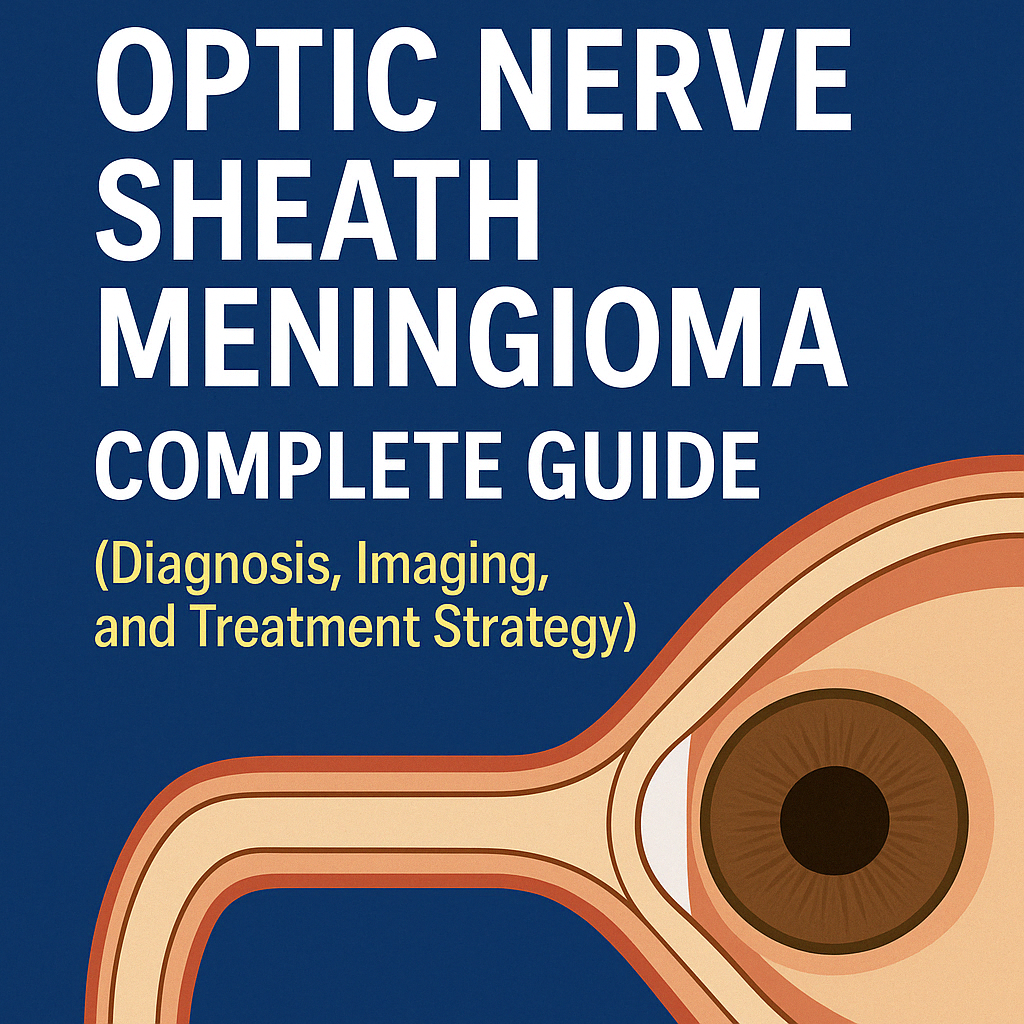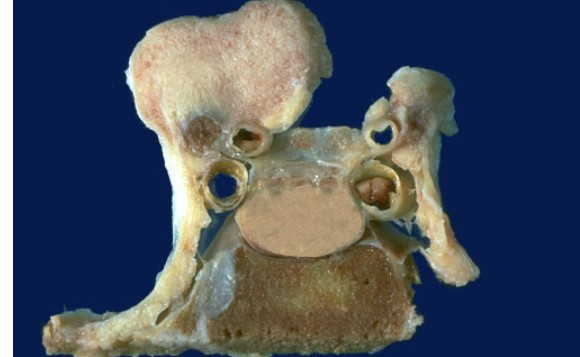Tistoryview
Disease&Treatment/Oculoplastics
Characteristics, Diagnosis, and Treatment of Optic Nerve Sheath Meningioma, the Most Common Optic Nerve Tumor in Adults
eye_doc 2025. 4. 21. 17:03👁 Optic Nerve Sheath Meningioma – Most Common Optic Tumor in Adults
Optic nerve sheath meningioma (ONSM) is a benign tumor arising from the arachnoid layer of the meninges surrounding the optic nerve.
While rare overall, it is the most common optic tumor in adults, especially middle-aged women.
✅ Origin & Pathophysiology
- Originates from arachnoid villi in the optic nerve sheath
- Meningiomas can also arise from sphenoid bone meningeal surfaces, invading the orbit secondarily
- Growth is slow, often leading to delayed diagnosis


✅ Clinical Features
FeatureDescription
| Onset | Gradual over months to years |
| Symptoms | Progressive visual loss → proptosis |
| Pain | Absent |
| Laterality | Often unilateral |
| Visual field loss | Due to nerve compression |
✅ CT & MRI Findings
- Railroad tracking or tram-track sign seen on imaging
- Calcification seen in 25%
- Thickening along the optic nerve sheath
✅ Comparison to Optic Glioma
CategoryOptic GliomaOptic Nerve Sheath Meningioma
| Age group | Children | Adults |
| Origin | Optic nerve | Optic nerve sheath |
| Growth | Rapid | Slow |
| Diagnosis timing | Early | Often delayed |
| Treatment | Surgery/radiation | Radiation ± surgery |
✅ Management
ConditionApproach
| No vision loss | Observation |
| Vision loss only | Radiotherapy |
| Intracranial spread | Surgery ± Chemotherapy |
